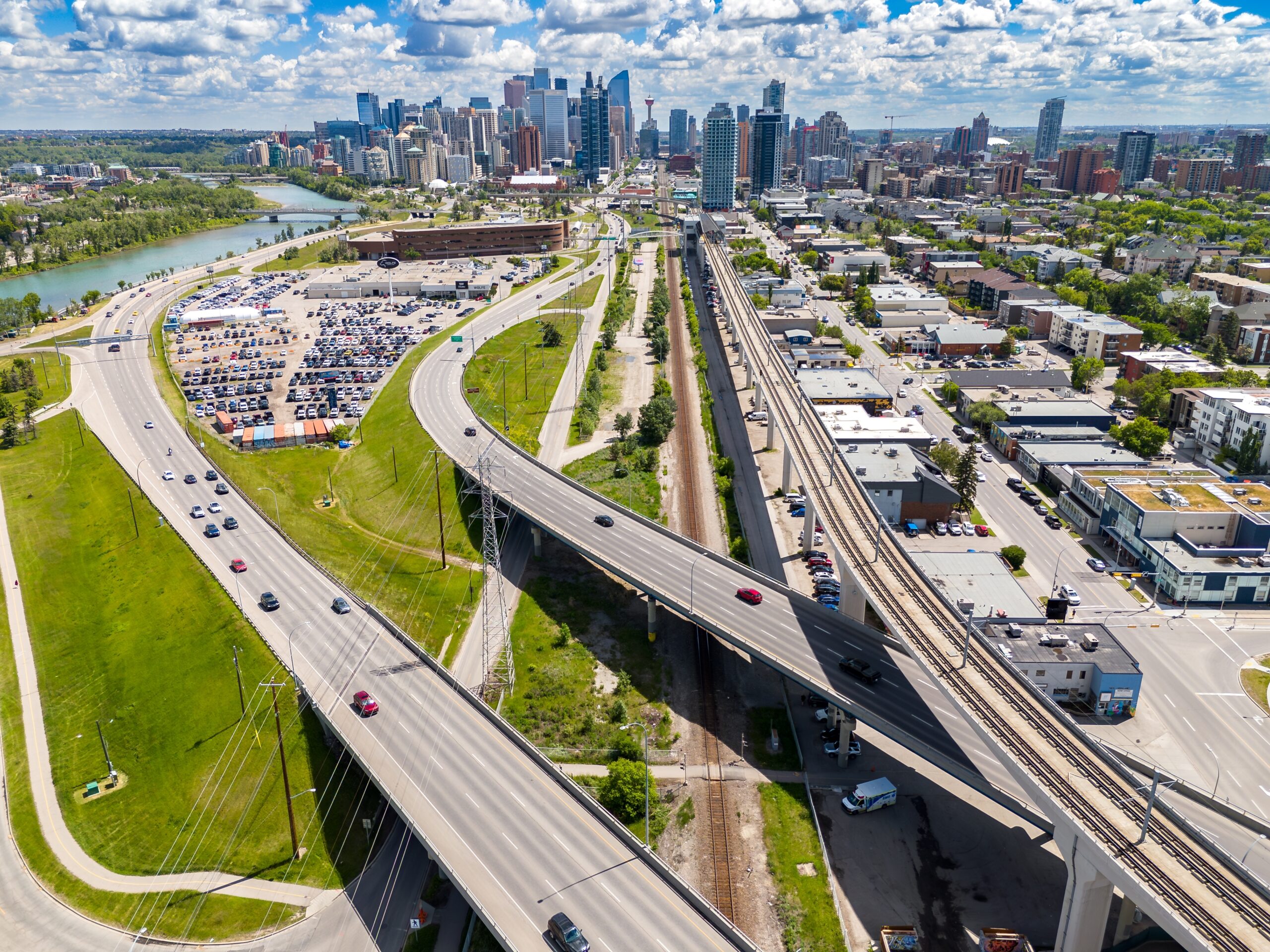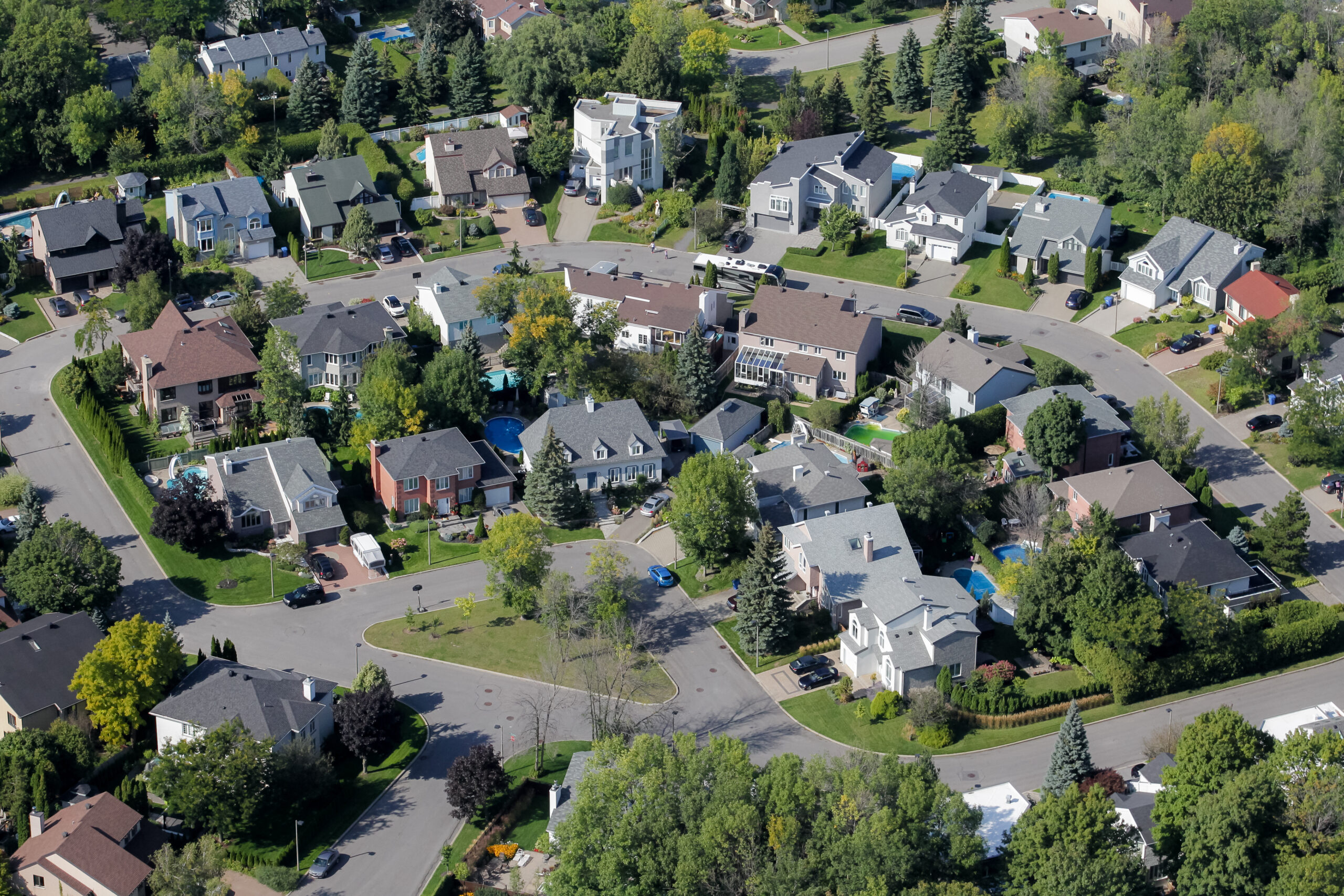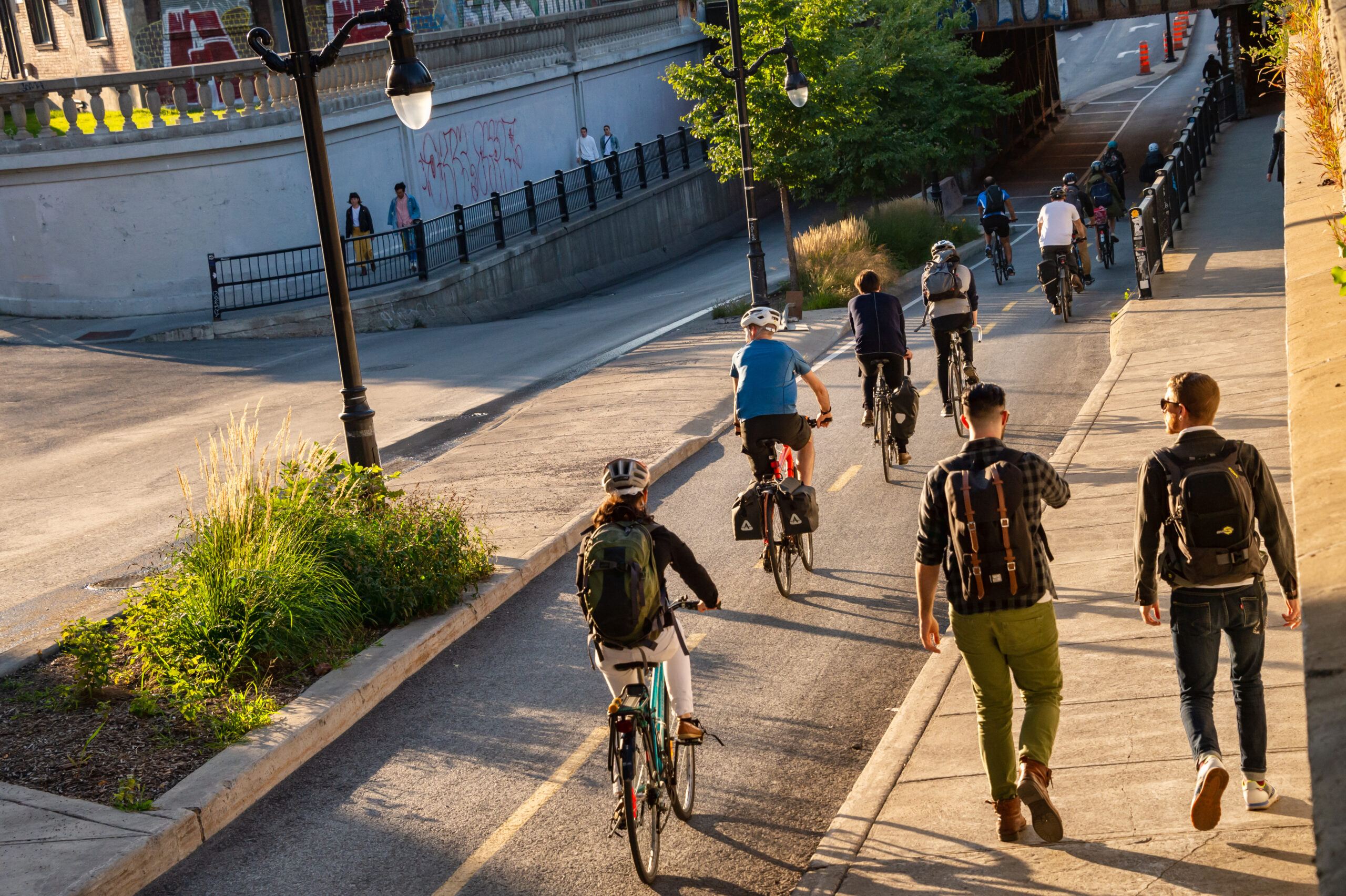The 15-minute-city concept aims to promote local living by encouraging the development of neighbourhoods where people can meet all their daily needs (work, services, health care, education and entertainment) within a 15-minute walking or cycling trip from their homes.
The idea came from Paris and has spread in popularity since Paris Mayor Anne Hidalgo embraced it in her successful 2020 re-election campaign, as well as because of the ease with which it can be communicated.
Its appealing vision captured the attention of policymakers, researchers and the public worldwide and led cities, particularly in Europe, to adopt 15-minute-city practices.
The most common of these include: reallocating road space from cars to other purposes, such as green areas and public spaces; improving pedestrian infrastructure, such as sidewalks; and increasing the availability of cycling infrastructure, including bike lanes and parking.
The adoption of 15-minute-city strategies has not been without controversy. In Oxford, U.K., the approval of traffic filters aimed at restricting car use has raised concerns among locals about the potential impacts of the policy on their livelihoods.
Some U.K. politicians have used this example as a fear-mongering strategy, portraying it as a government control tactic designed to limit people’s freedom and mobility. This argument has also surfaced in North American cities.
Although there are valid critiques of the 15-minute-city concept, its core goal is not about restricting mobility or freedom. Rather, it is to increase it by promoting access to services by non-motorized modes, without necessarily limiting car use.
In Canada, the adoption of 15-minute-city policies is more challenging because our urban areas have different historical, urban development and political contexts than European cities.
Zoning policies that designate areas for only one type of use (e.g., residential-only areas), coupled with favouritism toward car infrastructure, have led to much greater sprawl than in European cities such as Paris or Barcelona, thus impacting the feasibility of 15-minute-city policies here – at least in their original form.

However, the concept should not be considered a one-size-fits-all solution. It is important to understand the local context – both in terms of historic and existing inequalities of access – as well as travel behaviour and preferences, so that policies are developed considering local characteristics.
For example, basic services should be increased at the neighbourhood level, while municipal and regional governments should improve public-transit options to access desired destinations.
Policymakers should also be careful when implementing 15-minute-city policies that they do not unintentionally reinforce segregation processes, thus causing harm to more vulnerable groups.
A study conducted by Transportation Research at McGill (TRAM) identified how many people were living a 15-minute-city lifestyle in Montreal in 2018. The study is based on the 2018 origin-destination survey conducted by Montreal’s regional transit planning authority (ARTM), which includes the most recent statistics available.
It found only 1.8 per cent of household members living on the island of Montreal were able to achieve all their daily trips in 15 minutes even when public transit was added to the original walking/cycling 15-minute-city definition.
Getting to and from work was the main reason, even for those residing in highly walkable areas. Household composition was another deterrent. The larger the household, the less likely its members were to be able to conduct all their travel under 15 minutes.
When car ownership was included, the researchers found that six per cent of Montrealers were able to conduct all their travel within 30 minutes.

This means that to aim for the 30-minute city and encourage more local and active lifestyles, built-environment interventions – such as increasing mixed-use development, reallocating road space, and expanding pedestrian and cycling infrastructure – should be accompanied by travel-demand management policies.
These might include public-transit improvements, parking management, telecommuting options, and congestion pricing – all aimed at reducing car usage.
Overall, the study suggested that achieving 100-per-cent local living is unrealistic in Canada. Therefore, policies aiming at increasing local living should be defined based on contextually appropriate targets.
The push for faster, more nimble change in our cities
What – and who – is a city for?
More innovative transit, mixed-use development and cities’ essential workers
The authors suggested instead that cities could define targets as a percentage of trips that household members should be able to conduct by walking, cycling or transit, based on local travel patterns and behaviours while excluding travel to work.
Canadian cities will have to think beyond the 15-minute-city paradigm. Especially in more sprawled cities, policies aimed at increasing local living will require a joint approach in local and regional planning.
At the local level, neighbourhoods should aim to increase the availability of services such as primary health care and educational facilities, as well as entertainment options such as squares and local parks to foster local living and the use of active modes.
Moreover, it should be made clear that the goal is not to ban or limit car travel but to make sustainable modes of transportation more convenient.

On the other hand, access to work locations will likely be more influenced by regional planning reinforcing the need for convenient and efficient public transit services.
Similarly, access to universities, stadiums or larger entertainment venues and hospitals by public transit should be incorporated into regional-planning strategies. Most Canadian cities will require considerable changes in zoning regulations to allow an increased mix of uses and densification processes tied to transit-infrastructure investments.
Some Canadian cities already show commitment in this direction.
In Vancouver’s 2050 plan, the city aims to “create more complete, walkable neighbourhoods by adding services and amenities like childcare, plazas, community facilities, and access to affordable, nutritious food” in areas served by high-quality cycling and transit infrastructure.
However, to achieve this, the city will have to increase the provision of affordable housing in existing neighbourhoods. Similar commitments are made in Montreal’s 2050 Draft Land Use and Mobility Plan, which is now in the public-consultation phase.
Both plans make no pledge to specific time thresholds while vowing to increase access to basic daily necessities at the local level, making local living policies less constricting and more adaptable to their realities.
To foster 15- or 30-minute-city lifestyles, a combination of strategies is necessary. Canadian cities must consider their built environment and its historical constraints while implementing changes in land-use zoning laws and improving transportation infrastructure.
They should also engage in public consultation to define a common vision and goals for the city’s future.








